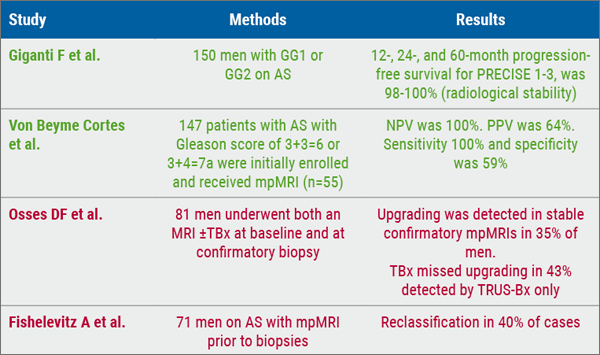"This study builds on our STAMPEDE M1 RT trial comparison," Dr. Noel Clarke of the Christie NHS Foundation Trust in Manchester told Reuters Health by email. "The results, published in The Lancet (https://bit.ly/3aXIvft), led to a change in international prostate cancer management guidelines, with prostate radiotherapy being recommended as a first-line option for men with low-metastatic burden prostate cancer."
The current study - a secondary analysis of STAMPEDE - assessed the benefits by metastasis counts and locations, he explained. "We show that the addition of prostate radiotherapy to systemic therapy improves survival in men with up to three bone metastases without any visceral metastasis and improves failure-free survival (FFS) in men with only non-regional lymph node disease."
As reported in JAMA Oncology, 1,939 men (median age, 68; 89% with bone metastases) were included in the analysis. Patients were randomized to receive either standard of care (androgen deprivation therapy with or without docetaxel) or standard of care plus prostate radiation.
The primary outcomes were overall survival (OS) and FFS.
Bone metastasis counts were associated with OS and FFS benefits from radiation. The survival benefit decreased continuously as the number of bone metastases increased; the most benefit was achieved in patients with three or fewer bone metastases. No detectable additional benefit was seen beyond three bone metastases.
Subgroup analyses showed that the magnitude of benefit from the addition of prostate radiation was greater in patients with low metastatic burden with only nonregional lymph nodes (M1a), or three or fewer bone metastases without visceral metastasis (HR for OS, 0.62; HR for FFS, 0.57) than for those with four or more bone metastases or any visceral/other metastasis (HR for OS, 1.08; HR for FFS, 0.87).
Dr. Clarke noted, "Metastasis counts and locations in the current study were based on conventional imaging - i.e., bone scan and CT/MRI. These imaging modalities are readily available worldwide and are routinely used to evaluate if cancer has spread to distant locations in the body."
"As counting bone metastasis doesn't take into account the volume of metastasis, which we think is also important, in parallel we have also assessed an artificial intelligence-based method to evaluate bone metastatic burden, which...demonstrated similar results." (https://bit.ly/2O98eIL)
Dr. Clarke added that many clinicians are now making treatment decisions based on PET scan results. "There is a concern that if conventional imaging is being discarded by some groups, then men who would otherwise benefit from treatment may not receive potentially beneficial therapy," he said. "It will be important to test properly the added value of PET-based scanning against the standard of conventional imaging if we are to avoid a shift in thinking on the basis of incompletely tested novel approaches."
Dr. Bridget Koontz of Duke University School of Medicine in Durham, North Carolina, coauthor of a related editorial, commented in an email to Reuters Health, "What I take home from the paper is that oligometastatic disease in prostate cancer is real. Prostate irradiation can delay progression, thereby improving overall survival when the metastatic burden is low."
"There has been a lot of debate about how few metastases are considered 'oligo,' and at least in the role of treating the prostate primary, it appears that three or fewer bone mets and any degree of node only disease is the right answer for now," she said.
"It's important to note that this study is focused on the role of local prostate treatment and used conventional imaging," she noted. "A metastasis 'count' limit does not apply to PET findings. Other studies need to be done to understand the role of treatment to the oligometastases themselves."
The study was funded by Cancer Research UK, Medical Research Council, Astellas, Clovis Oncology, Janssen, Novartis, Pfizer, and Sanofi Aventis. Dr. Clarke and five coauthors received fees from at least one of the companies. Dr. Koontz has received grants from Janssen.
SOURCE: https://bit.ly/3aVgKUT and https://bit.ly/3kqHkbw JAMA Oncology, online February 18, 2021.
By Marilynn Larkin
Posted on
Previous Article
« Prostate CA bone lesions, locations can predict survival benefits of add-on radiation Next Article
Pegilodecakin no aid to FOLFOX in metastatic pancreatic cancer »
« Prostate CA bone lesions, locations can predict survival benefits of add-on radiation Next Article
Pegilodecakin no aid to FOLFOX in metastatic pancreatic cancer »
Related Articles
September 17, 2021
Enfortumab vedotin may trigger rare, severe skin reactions

© 2024 Medicom Medical Publishers. All rights reserved. Terms and Conditions | Privacy Policy

